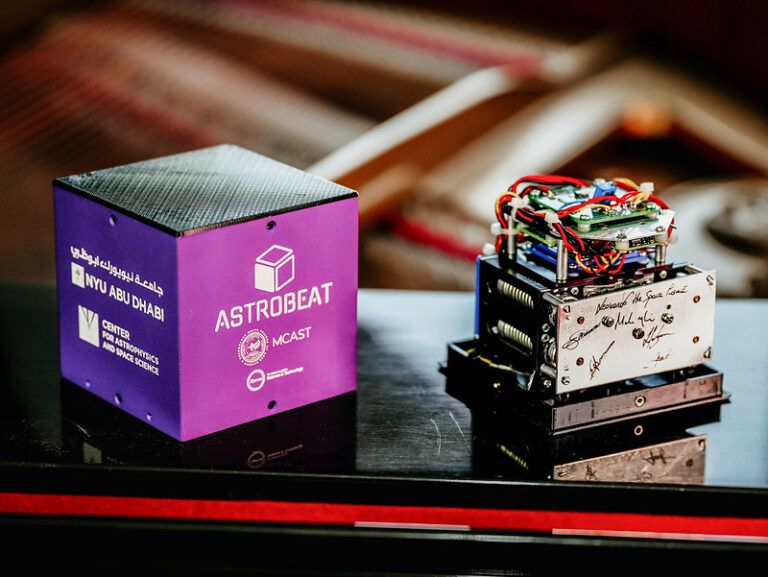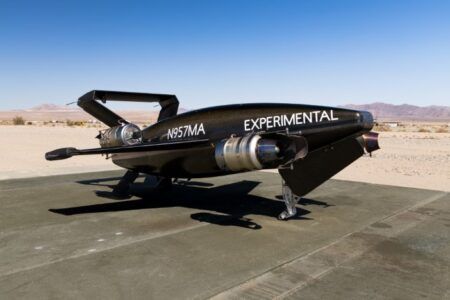An experiment on the International Space Station is to test the use of cold welding for repairing damaged spacecraft.
The ASTROBEAT technology demonstration project will evaluate the use of cold welding in space by testing metal patches on simulated spacecraft hulls. The technique offers a safer and potentially more reliable method for in-orbit repairs than traditional techniques.
Cold welding uses a calibrated force to join metallic materials without heat, minimizing risks like structural damage to spacecraft from high temperatures. In space, the technique will benefit from microgravity, where metals don’t re-oxidize quickly, allowing for cleaner and stronger bonds.
The ASTROBEAT experiment arrived at the International Space Station (ISS), via SpaceX’s 31st Commercial Resupply Services mission for NASA this week.
The remotely controlled experiment, designed to address hull breaches caused by micrometeoroids or space debris, consists of four chambers with calibrated metallic samples. If successful, the project could establish cold welding as a crucial tool for in-space repair, significantly boosting the durability of spacecraft and the safety of crewed missions.
Leonardo Barilaro, a senior lecturer in aerospace engineering at the Malta College of Arts, Sciences, and Technology (MCAST) and lead researcher on the project said, “Cold welding has long been considered an adverse phenomenon in space, but with ASTROBEAT, we’re transforming a problem into a viable repair mechanism,”
“It aims to create a paradigm shift in conducting structural repairs in space – swiftly, efficiently, and with minimal external intervention.”
“The introduction of ASTROBEAT to the ISS represents a crucial step from theoretical concepts to practical, potentially life-saving technology,” Barilaro adds. “We aim to provide astronauts with the capability to seal breaches from within the spacecraft, leveraging the unique conditions of cold welding adhesion in space.”
Upon completion of the space station testing, the project will return to Earth so the team can thoroughly analyze the cold-welded joints, assessing their effectiveness and resilience.





